OPS & TRAINING
LONGEST-RUNNING SG-US EXERCISE RETURNS TO S'PORE AFTER 2 YEARS
17 Jun 2022
The quiet of the morning is shattered by the explosion of machine guns and assault rifles. The tall grasses part as infantry soldiers from the Unites States (US) Army, who had been lying in wait, bash through the thick vegetation.
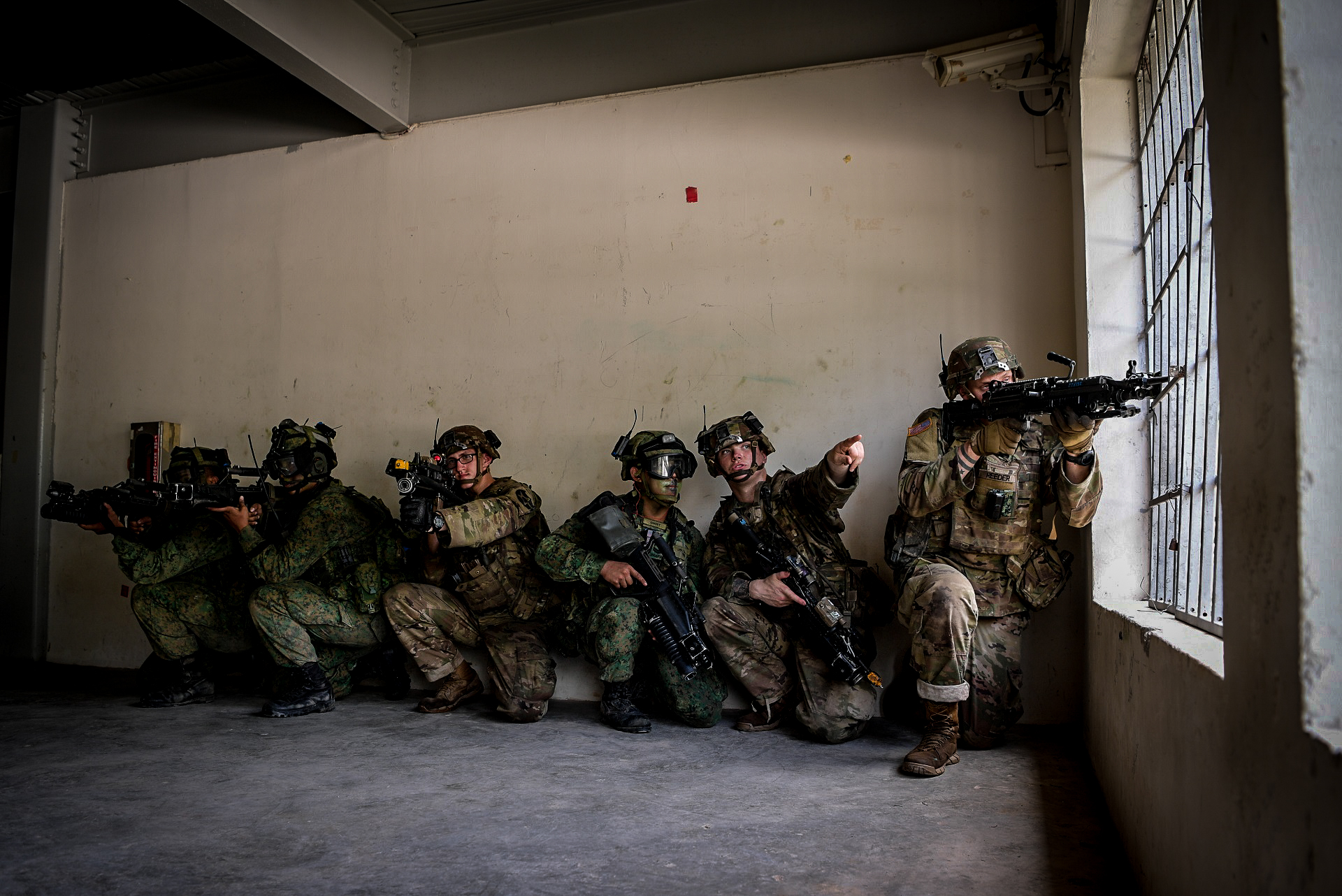

The quiet of the morning is shattered by the explosion of machine guns and assault rifles. The tall grasses part as infantry soldiers from the Unites States (US) Army, who had been lying in wait, bash through the thick vegetation.
They make a run for the nearby building, taking out adversaries who put up a fierce fight.
With the foothold building secured, Terrex Infantry Carrier Vehicles from the Singapore Armed Forces (SAF) roll in. Troopers swiftly dismount from the fighting machines and swoop in to capture the rest of the buildings in the area.

Elsewhere, another company of Singapore Army soldiers is gaining ground. They make their way into the final battle location – a four-storey "hotel". Two Terrex vehicles stand guard along a pathway leading to the building, providing firepower to create a safe clearing for the US troopers to cross.
Once inside, soldiers from both forces work together to take down all their enemies. With the building secured, the area is successfully defended.
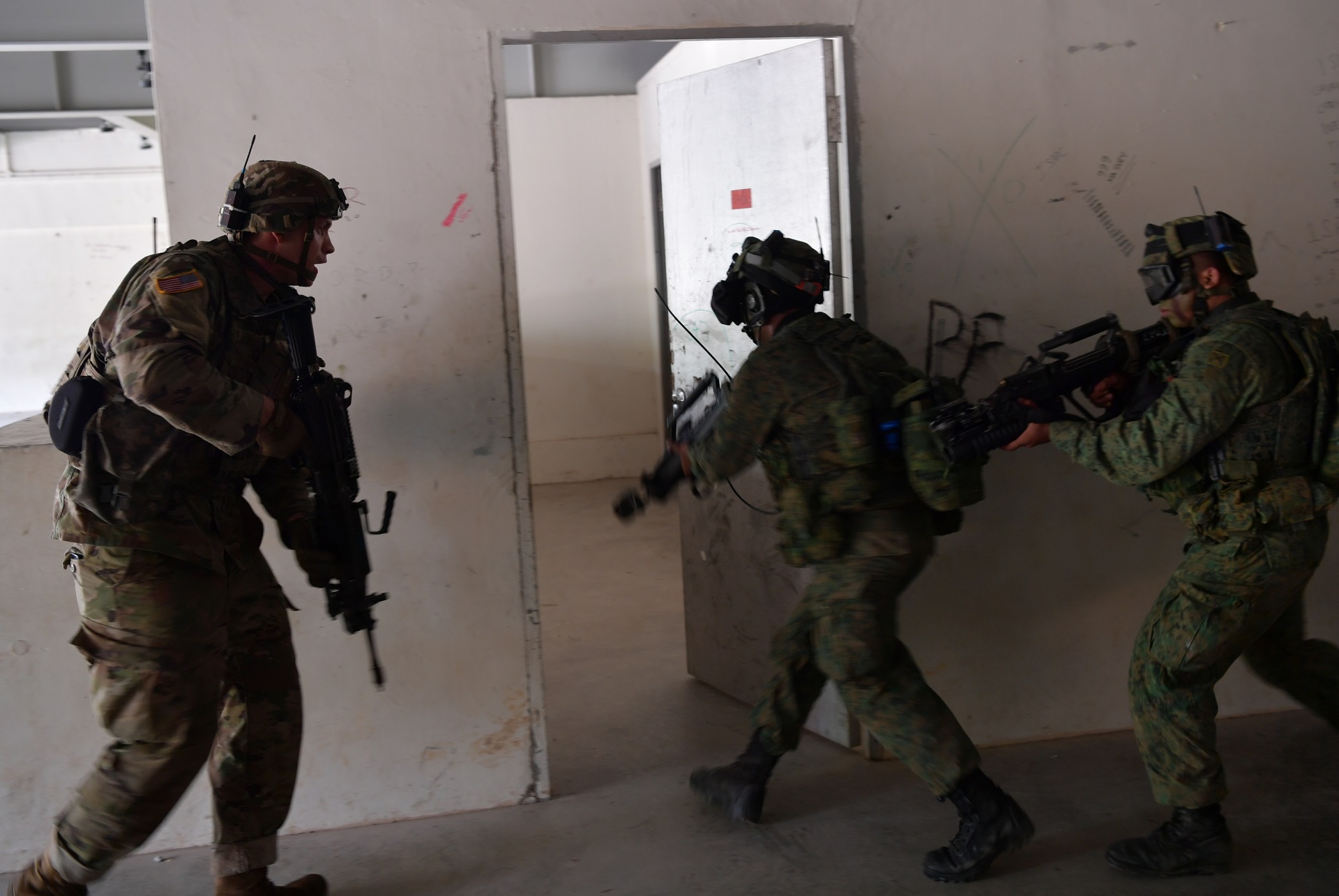
This was the field training exercise scenario played out at Exercise Tiger Balm, held in Singapore from 6 to 17 Jun.
This year marked the return of the longest-running bilateral exercise between the Singapore Army and US Army in physical form after a two-year hiatus. Due to the pandemic, the exercise was cancelled in 2020 and held virtually in 2021.
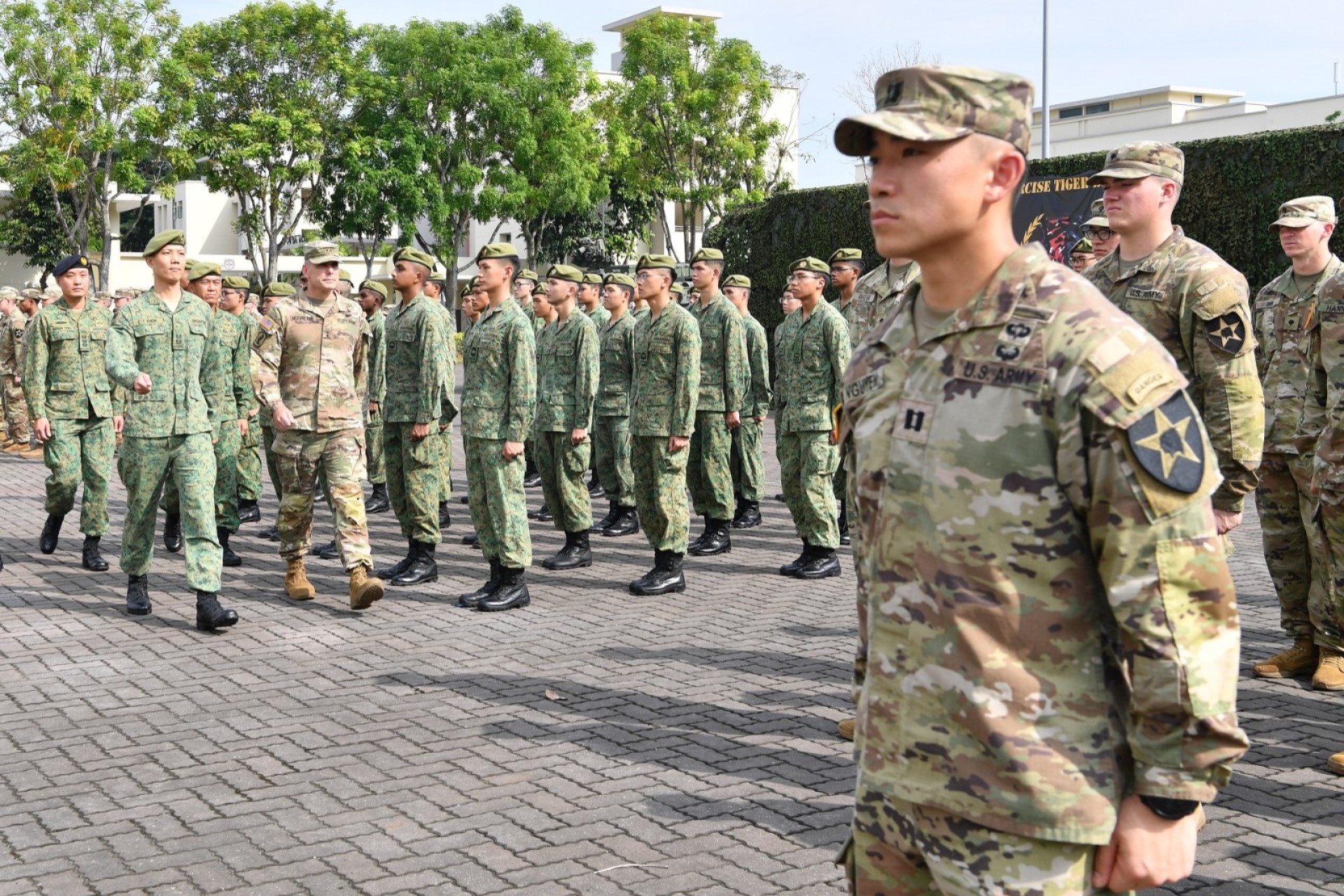
Over 1,000 personnel from Headquarters 6th Singapore Division / Headquarters Sense & Strike (HQ 6 Div/HQ SS); Headquarters 10th Singapore Infantry Brigade (HQ 10 SIB) and 5th Battalion, Singapore Infantry Regiment (5 SIR); as well as from the US Army's Hawaii Army National Guard; the 1-2 Stryker Brigade Combat Team; and 1st Battalion, 23rd Infantry Regiment (1-23 IN) took part in the brigade-level exercise.
As part of the integrated urban operations exercise held at the Murai Urban Training Facility (MUTF), the US Army's Stryker Combat Vehicles operated together with the Terrex vehicles under the ambit of the Combined Task Force.
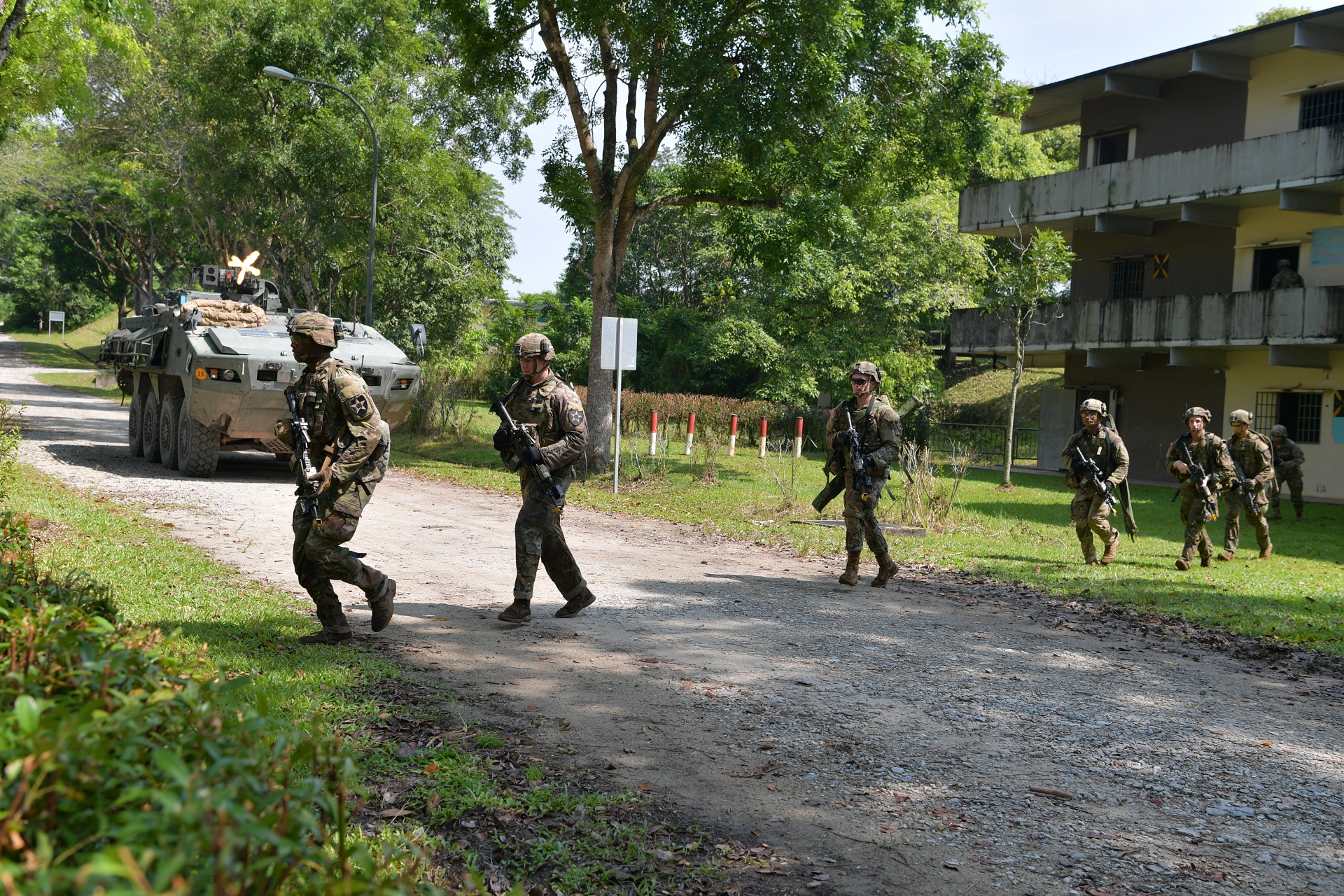
The exercise was supported by the SAF's STrike ObserveR Mission team and the US Army's Fire Support Team, which carries out intelligence activities for the US Army National Guard's field artillery team.
As part of Exercise Tiger Balm, the two armies also conducted a series of command post exercises, where they planned and executed battles.

Training with the US Army was a golden opportunity for the Singaporean soldiers to benchmark their skills, said Brigade 2nd In-Charge of 10 SIB, Lieutenant Colonel (LTC) Khoh Chen-Ta.
"As NSmen (Operationally Ready National Servicemen), we may only come back (for In-Camp Training) for a few weeks every year. But working with a Regular army like the US Army, we can see that our abilities and capabilities are not far behind.
"We are no less committed or well-trained, and we are able to execute the missions required of us. I see my team's commitment to National Service (NS), and their performance gives me even more confidence," said the 45-year-old.
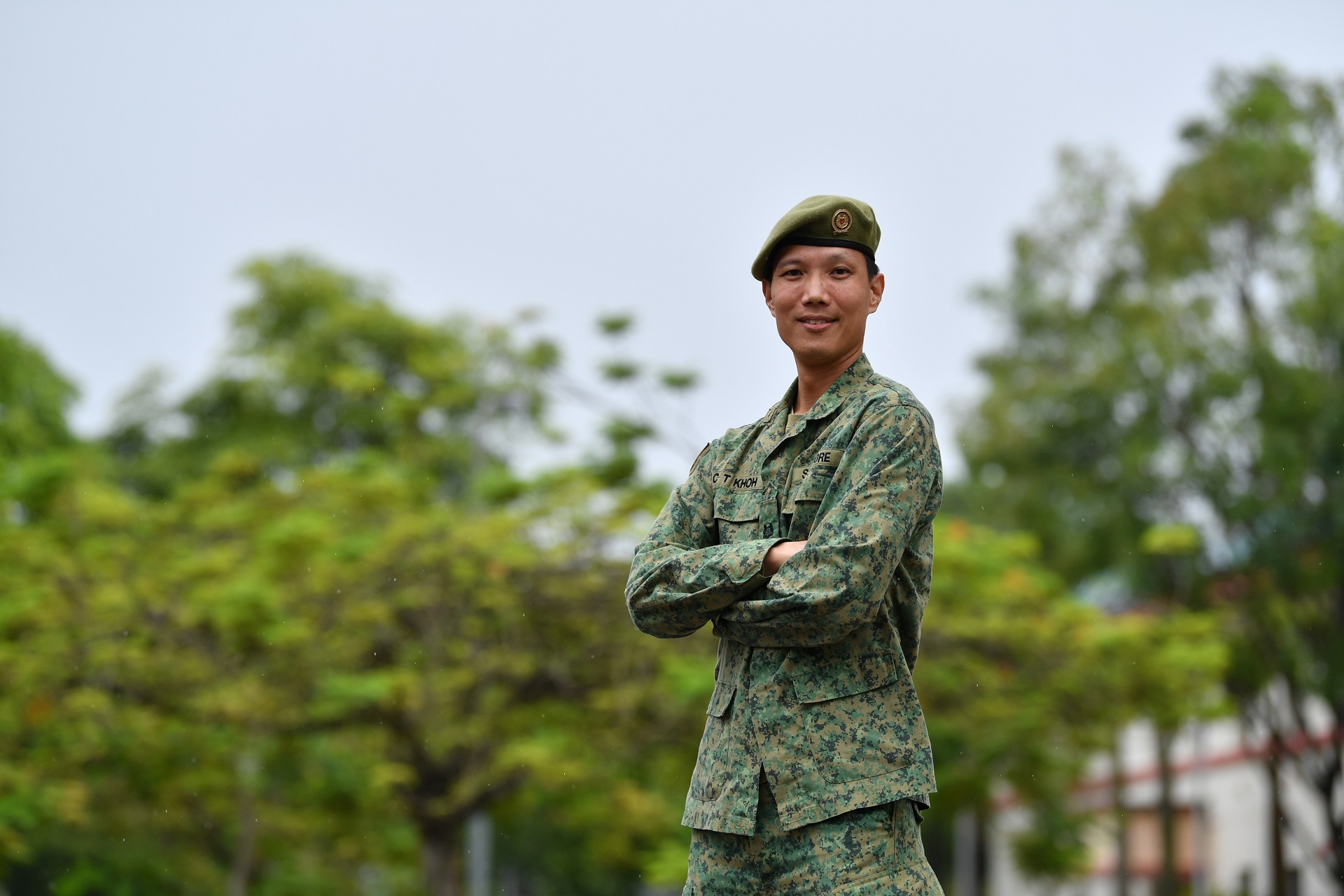
The return to a face-to-face exercise was a welcomed development, said LTC Abu Bakar, Commanding Officer of 5 SIR.
"During COVID-19, we underwent some exercises that were (virtual). But with those, you lose the human factor and human touch (which limits) how well you can build relationships.
"Being able to (conduct the) exercise with them again physically makes a very big difference. So I'm really glad that the exercise is back and that we can see each other again," said the 36-year-old.
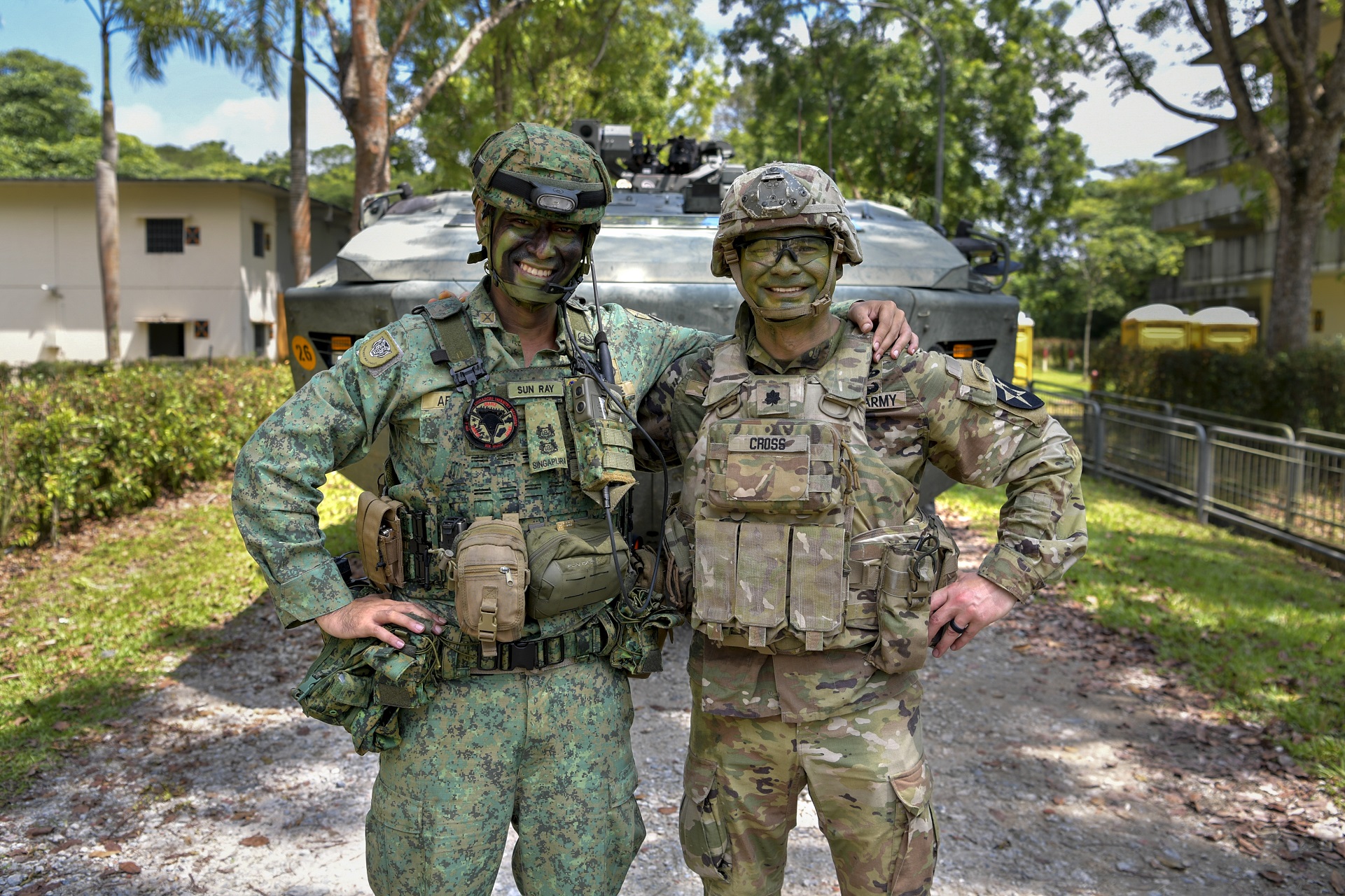
LTC Jacob M. Cross, Battalion Commander of 1-23 IN, agreed that the return to physical bilateral training had been a long time coming.
Said the 41-year-old: "We've looked forward to this for a long time (because) it gives us a great opportunity to operate in a new environment and learn from our partners.
"Training with the Singapore Army has been outstanding. They are professional, incredibly disciplined, technically proficient, and they've been gracious hosts."
The troops had also successfully met their training objectives. He explained: "Through the exercise, we've been able to focus on the three components of our training together, namely the human component, the procedural component and the technical component."
ALSO READ IN OPS & TRAINING

Exercise Wallaby 2025: To see better, shoot faster
31 Oct 2025
The SAF focuses on complex strike missions and multi-domain integration in Exercise Wallaby 2025, the 35th edition of its largest unilateral overseas exercise.

Ex Wallaby 25 – Greater Integration and Complexity
25 Oct 2025
The 35th edition of the SAF’s largest unilateral overseas exercise is an opportunity for expanded scale and deeper integration towards an effective, networked fighting force.

Ex Forging Sabre ramps up use of unmanned assets in integrated strike operations
12 Sep 2025
In this 10th edition of Exercise Forging Sabre, the SAF sharpened its cutting edge for the dynamic modern battlefield, with expanded integration between manned and unmanned platforms.


